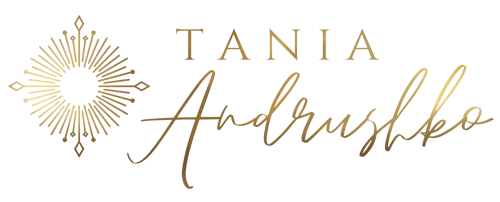HALT method... or how to regulate negative emotions using self-awareness
I remember skipping lunches at work, as the days were so busy! It took me a couple of weeks to realize that I would bring lunch to the office, put it in the fridge, and then the next day I would get another one…. By Friday I would get at east three full containers to bring back home... I loved my work, and I was very passionate about helping people. My drive and motivation turned up too loud - prevented me from enjoying moments and taking care of my body. If you recognize yourself in these patterns – moving forward with the H.A.L.T. method might be a good option.
Emotional Intelligence teaches us how to understand, manage and actually use our emotions to create the life we are happy to wake up to! So next time you have that sensation of a feeling, first and foremost – acknowledge it and be curious about what is actually happening. This will help navigate the situation from a place of understanding, not from a place of fear and anxiety. Our brain interprets emotions as feelings, which are purely physical signals of the body reacting to external stimuli. While there are many ways to navigate a stressful situation, I would like to touch on the H.A.L.T. method today.
What Is The HALT Technique?
The H.A.L.T. acronym stands for Hungry, Angry, Lonely, and Tired. Each one triggers a mental or physical reaction that resembles anxiety – and each one is within your control. The H.A.L.T. is a handy tool for maintaining calm and avoiding stress.
THREE-STEP PROCESS to use the H.A.L.T method:
1. Identify one of the conditions
We are so disconnected from our bodies that we do not even consider that the root cause might be our physical dimension when the emotions come up. Close your eyes, and come back to your breath….Ask yourself these questions:
What am I feeling in my body—at this moment?
What am I thinking—at this moment?
Emotional Self-Awareness ("reality-testing" in emotional intelligence test) is always the key to getting back to the present moment and start building a strategic plan to move forward.
2. Act VS React
Addressing the condition is the only proper way to deal with the situation. Hungry – have a snack, Angry – go punch that pillow (clean up the house, work out, screen in the forest, etc.), Lonely – call a friend, schedule a lunch together, pet a kitten, hug a tree… Tired – take a nap, book a day off or go to bed earlier. Do not tell me all the reasons why you can not do any of it. Instead, let's explore the possibilities of why you (actually!) can.
3. Get creative & celebrate small wins
Ok, you might judge me here a little, or maybe you will get a good laugh here… the strategy that I use now might not be the best-conscious-long-term-solution, but it is working!
I have four alarms throughout the day. One for healthy lunch, one for a power nap, one for a mindful walk and one for a meaningful conversation. Do I live my life by those alarms? Absolutely not! But this is my backup plan and safety net for days when things go sideways and my mindfulness routine flies off the radar.

